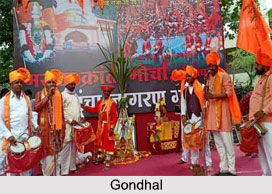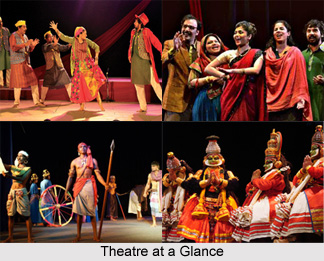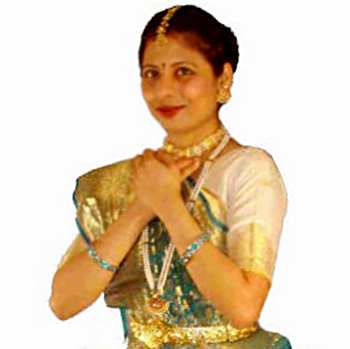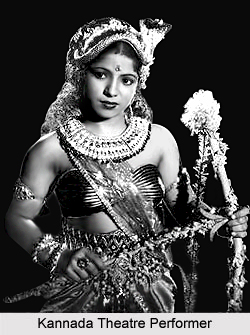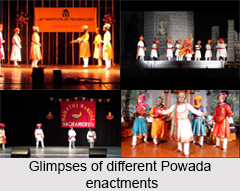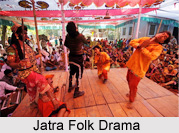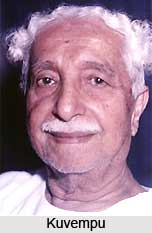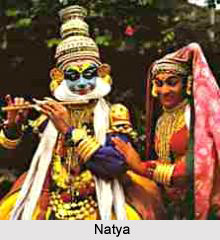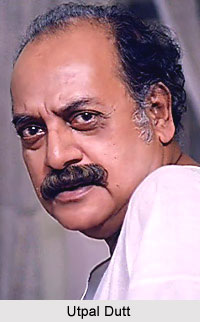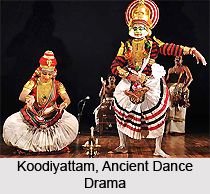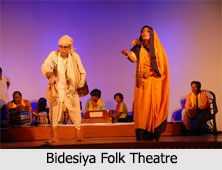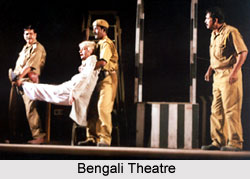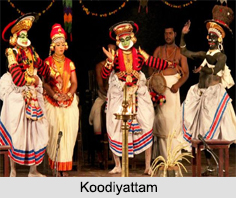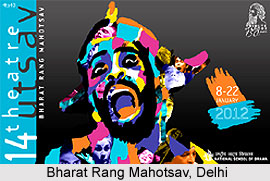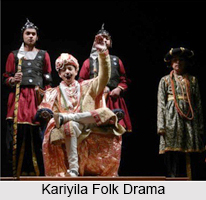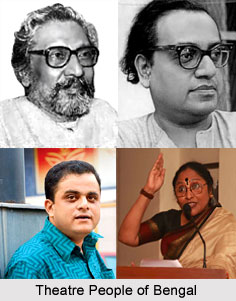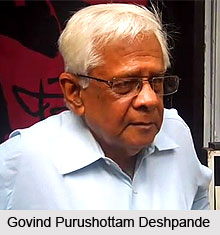 Kapur Singh Ghuman was born in the year of 1927. He was the author of thirteen full-length plays and six one-act anthologies. He was also known for innovation in Punjabi theatre. He introduces appropriate theatrical devices to work out his themes. Some of them can be mentioned as the dead emerge from the past only to merge into it again, a transparent wall forming the backdrop denotes past overwhelming present. Through the lifeless behaviour of a model toward a painter intent upon drawing her lifelike picture, Ghuman brought out the horror of the 1947 Partition lurking in the background oijiondi lash i.e. `Living Corpse` in 1958. That was his first important play. Atit de parchhanve i.e. `Shadows of the Past` in 1967 showed the past overtaking the present because earlier deeds lurk as ghosts not to be wished away.
Kapur Singh Ghuman was born in the year of 1927. He was the author of thirteen full-length plays and six one-act anthologies. He was also known for innovation in Punjabi theatre. He introduces appropriate theatrical devices to work out his themes. Some of them can be mentioned as the dead emerge from the past only to merge into it again, a transparent wall forming the backdrop denotes past overwhelming present. Through the lifeless behaviour of a model toward a painter intent upon drawing her lifelike picture, Ghuman brought out the horror of the 1947 Partition lurking in the background oijiondi lash i.e. `Living Corpse` in 1958. That was his first important play. Atit de parchhanve i.e. `Shadows of the Past` in 1967 showed the past overtaking the present because earlier deeds lurk as ghosts not to be wished away.
Another variation is of puppets, used in Putalighar i.e. `Dolls` Home` in 1966. With dazzling effect, the dolls prove that human beings are only playthings who cannot exercise any initiative or will to set their lives in order. Even when they try it is futile, for the actress digressing from her role earns a reprimand from the character. Ghuman seems indebted to Pirandello for this technique. Muk sansar i.e. `Mute World` in 1970 has counterfoils speaking for their originals and, in the process, showing life as essentially asymmetrical. Bujhamt i.e. `Riddle` in 1971 is Maeterlinckean in composition with Strindbergian echoes. In this play the actress-wife, arising from the sea-like setting where she enacts her part, fares forward to take revenge upon her misogynistic actor-husband.
After Azadi da saptia i.e. `Dream of Independence` in 1974 and Nurjahan in 1977 Ghuman came up with a major play in Rani Kokilan in 1978. Both of them were political and historical in intention. With subject matter drawn from the ancient legend and through the use of parrots, folk songs, dances, and riddles, it brought out the enigmas marking relationships between men and women. This eventually prove that life is a labyrinth from which delivery, if at all there is one, comes only through suicide or murder. Kapur Singh Ghuman was expired in 1986.
